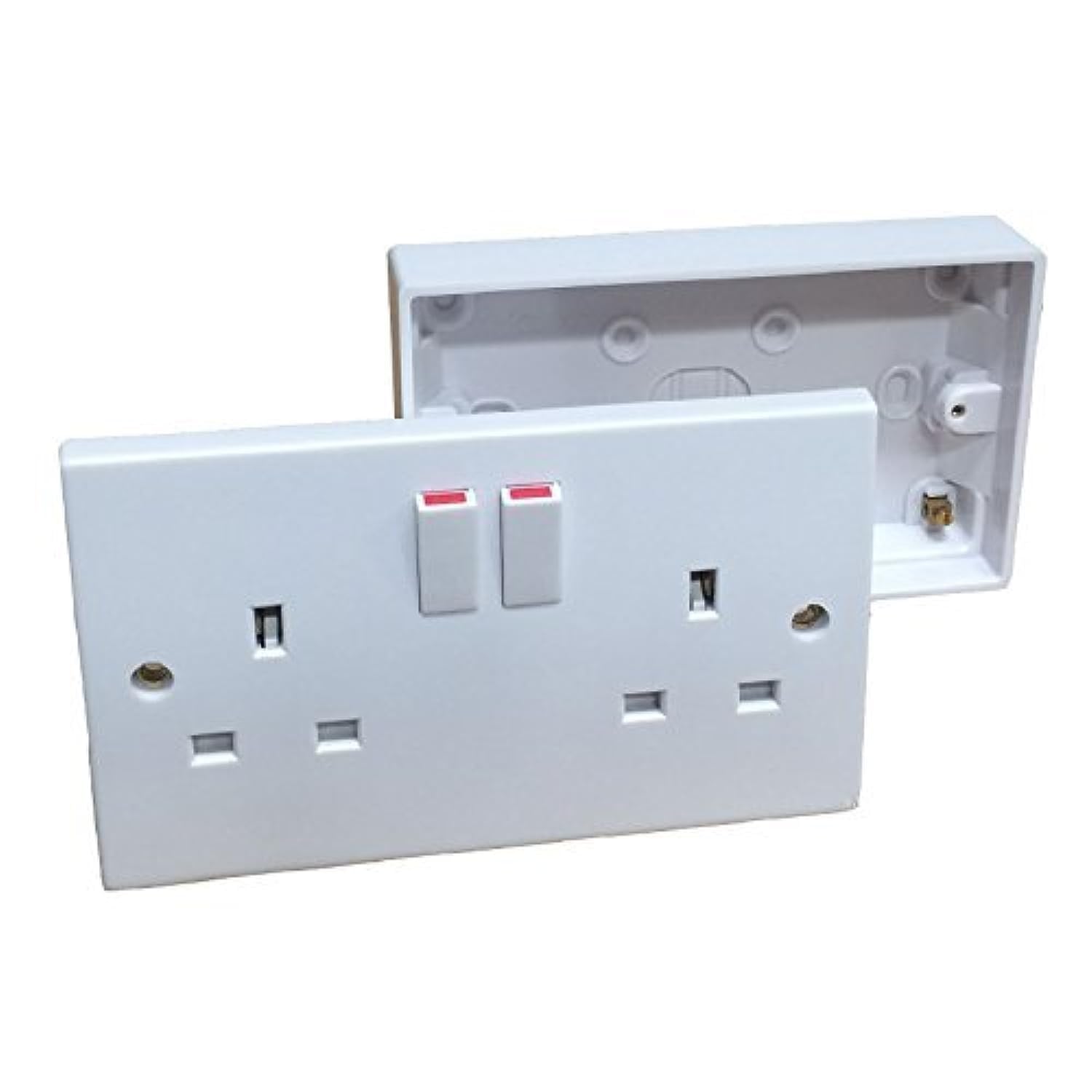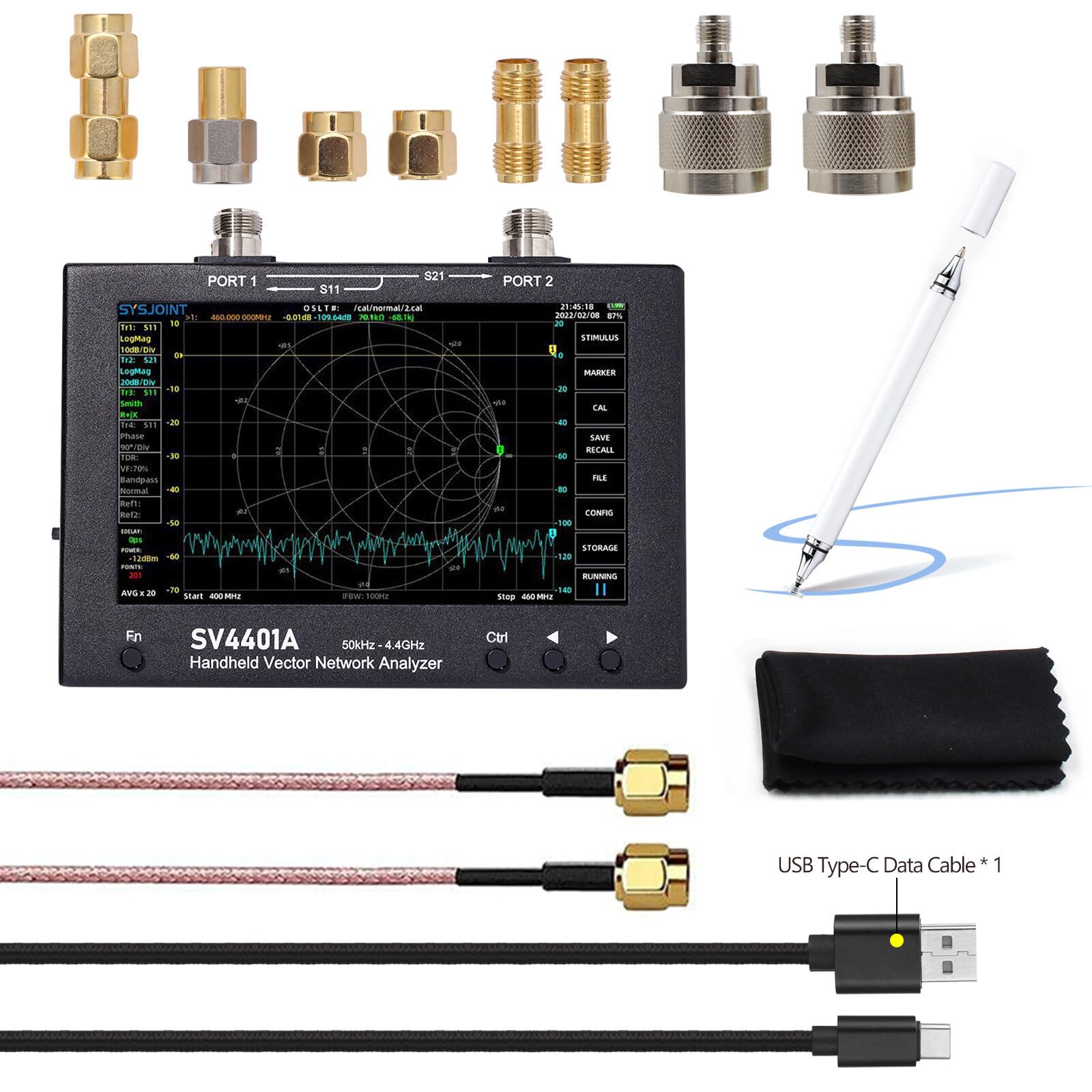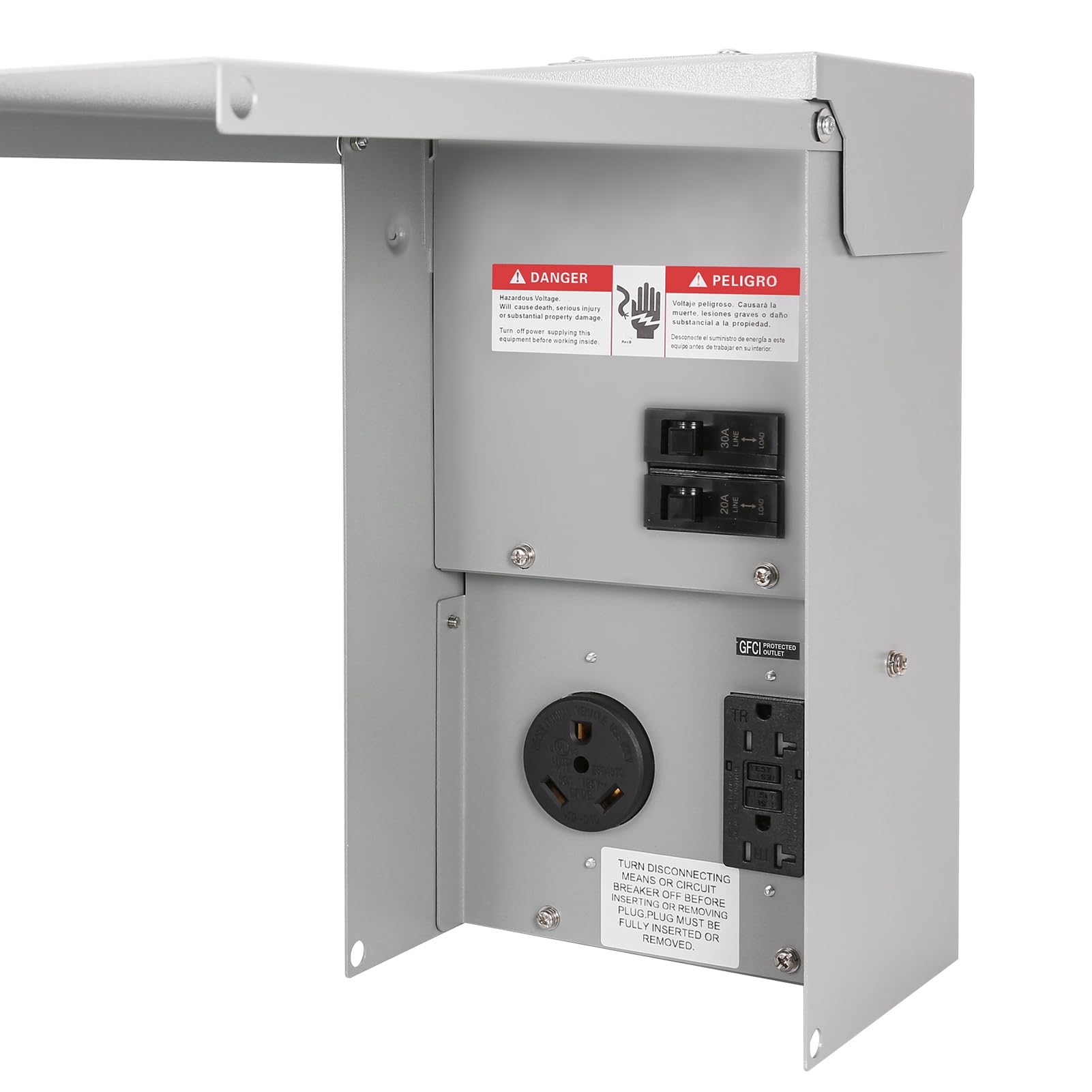Socket problem troubleshooting and solutions can be a frustrating experience, but with the right knowledge and approach, these issues can be resolved effectively.
Troubleshooting Electrical and Connection Issues

1. Check the power source: Ensure that the socket is receiving electricity by testing it with a known working device. If there is no power, check the circuit breaker or distribution board for any tripped switches.
2. Inspect the socket: Carefully examine the socket for any visible signs of damage or loose connections. If you notice any issues, it’s best to call a qualified electrician to make the necessary repairs.
3. Test the device: If the socket appears to be functioning correctly, the problem may lie with the device itself. Test the device on a different socket to determine if it is the cause of the issue.
4. Troubleshoot the wiring: If the issue persists, it’s possible that there is a problem with the electrical wiring. Again, it is recommended to contact a professional electrician to diagnose and fix any wiring faults.
Identifying the Root Cause of Failure

1. Check the power source: Ensure that the socket is receiving electricity. Use a circuit breaker or a light switch to test the power flow. If there’s no power, check the distribution board and reset any tripped breakers.
2. Inspect the socket: Look for any visible signs of damage, such as loose wires or a broken casing. Use a screwdriver to tighten any loose connections and replace any faulty components.
3. Test the socket with another device: Plug in a known working device to determine if the issue is with the socket or the device itself. If the device works, the socket may need further inspection.
4. Check for electrical faults: If there are no visible issues with the socket, there might be an electrical fault in the wiring. Consider consulting a professional electrician to assess and repair any faulty wiring.
5. Test network connectivity: If the socket is used for network purposes, check the communication protocol and ensure there are no issues with the network socket or proxy server. Verify that the socket is not affected by cross-origin resource sharing or same-origin policy restrictions.
Compatibility and Configuration Checks

When troubleshooting socket problems, it’s crucial to ensure compatibility and proper configuration. Follow these steps to identify and resolve any issues:
1. Check compatibility: Verify that the devices or components you are connecting are compatible with each other. Ensure they have the same communication protocol and are designed to work together.
2. Verify configurations: Double-check the settings and configurations of both the client and server-side. Make sure they match and are properly configured for the intended use.
3. Test connections: Use tools like CURL or browser plugins to test the connection between the client and server. This will help identify any issues with the network socket or communication.
4. Check for electrical faults: If the socket problem involves electrical components, inspect for any faults or wiring issues. Use a screwdriver or consult a professional if needed.
5. Investigate software issues: If the problem persists, examine the software or API being used. Check for compatibility with the serverless computing environment or any issues related to JSON or media types.
6. Consider security measures: Look for any security-related problems such as cross-origin resource sharing or same-origin policy that could be blocking the connection. Adjust the settings accordingly.
7. Perform trial and error: If all else fails, try different scenarios and configurations to identify the cause of the problem. This process of trial and error can help pinpoint the exact issue.
Network and Proxy Connection Problems
If you are experiencing network or proxy connection problems, there are a few troubleshooting steps you can take to resolve the issue.
Step 1: Check your network connection. Ensure that your internet connection is stable and that you are connected to the correct network. If you are using Wi-Fi, try disconnecting and reconnecting to the network.
Step 2: Verify your proxy settings. If you are using a proxy server, make sure the settings are correct. Check if the proxy server is running and configured properly.
Step 3: Test connectivity. Use tools like CURL or HTTP requests to check if you can reach the desired websites or servers. This will help determine if the issue is related to your network or proxy settings.
Step 4: Disable firewall or antivirus. Sometimes, firewalls or antivirus software can interfere with network connections. Temporarily disable them and see if the issue persists.
Step 5: Restart your devices. Restarting your computer, modem, and router can often resolve network connectivity issues.
Step 6: Seek professional help. If you have tried the above steps and are still experiencing problems, it may be necessary to consult a network specialist or IT professional for further assistance.
Handling Payload and Event Challenges
- Understanding Payload and Event Challenges: A comprehensive overview of the common challenges related to payload handling and event management in socket programming.
- Identifying Data Corruption: Techniques to identify and diagnose data corruption issues that may arise during payload transmission.
- Handling Large Payloads: Strategies for efficiently handling large payloads without causing performance degradation or memory issues.
- Event Ordering and Synchronization: Solutions to ensure proper event ordering and synchronization in socket-based applications.
- Buffer Overflow Prevention: Techniques to prevent buffer overflow vulnerabilities and ensure the integrity of transmitted data.
- Addressing Network Congestion: Strategies to address network congestion and optimize payload delivery in high-traffic environments.
- Resolving Socket Timeouts: Troubleshooting steps to resolve socket timeouts and maintain a stable connection.
- Dealing with Socket Errors: Common socket errors and their potential causes, along with recommended solutions.
- Securing Payload Transmission: Best practices for securing payload transmission, including encryption and authentication methods.
Debugging with Logs and Network Tools

| Debugging Tool | Description |
|---|---|
| Logs | Logs provide detailed information about the execution flow of a program. By analyzing the logs, developers can identify potential issues or errors in the socket communication process. Log messages can be printed at various stages of the socket code to track the flow and identify any discrepancies. |
| Network Tools | Network tools such as Wireshark, tcpdump, and netstat can be used to monitor and analyze network traffic related to socket communication. These tools can help identify network-level problems, such as incorrect IP addresses, port conflicts, or firewall issues. They provide insights into the packets being sent and received, allowing developers to pinpoint the source of the socket problem. |
Addressing GFCI and Breaker Concerns

GFCI and breaker concerns are common issues when it comes to socket problems. If you’re experiencing any issues with your sockets, it’s important to address these concerns promptly to ensure safety and functionality. Here are some troubleshooting steps and solutions to help you resolve GFCI and breaker-related socket problems:
1. Check the GFCI: Start by inspecting the GFCI outlet. This type of outlet is designed to protect against electrical faults, so if it’s tripped or not functioning properly, it could be the cause of your socket problem. Press the “Reset” button on the GFCI outlet to see if that resolves the issue. If it trips immediately or won’t reset, there may be an electrical fault or wiring issue that requires further investigation.
2. Inspect the breaker: If resetting the GFCI doesn’t solve the problem, the next step is to check the breaker in your electrical panel. Look for any breakers that are in the “off” position or in a position between “on” and “off.” Flip the breaker all the way to the “off” position and then back to “on” to reset it. This can often resolve issues with power not reaching the socket.
3. Test other sockets and appliances: If the problem persists, try plugging in different appliances or devices into the problematic socket. This will help determine whether the issue is specific to that socket or if it affects multiple areas. If other sockets or appliances are also affected, it’s possible that there is a larger electrical issue.
4. Seek professional help: If you’re unable to resolve the socket problem on your own, it’s best to contact a qualified electrician. They can diagnose and fix any underlying electrical faults or wiring issues that may be causing the problem. Never attempt to work on or modify electrical systems unless you have the proper knowledge and experience to do so safely.
F.A.Qs
What is the error on socket connection?
The error on socket connection occurs when the socket connection to the remote server is denied due to various issues such as connectivity problems, firewall, antivirus, or proxy server.
Why is socket not connecting?
The socket may not be connecting due to various reasons such as temporary failures or restarts in the network infrastructure, server issues like being killed as part of autoscaling policies, loss of user connection or switching between different network types, and browser-related problems like freezing inactive tabs.
How do I fix a socket error?
To fix a socket error, you can try the following solutions:
1. Enable Connected Devices Platform.
2. Pause OneDrive Syncing.
3. Add an exception for SpeedTest in your antivirus.
4. Disable or uninstall your third-party antivirus.

